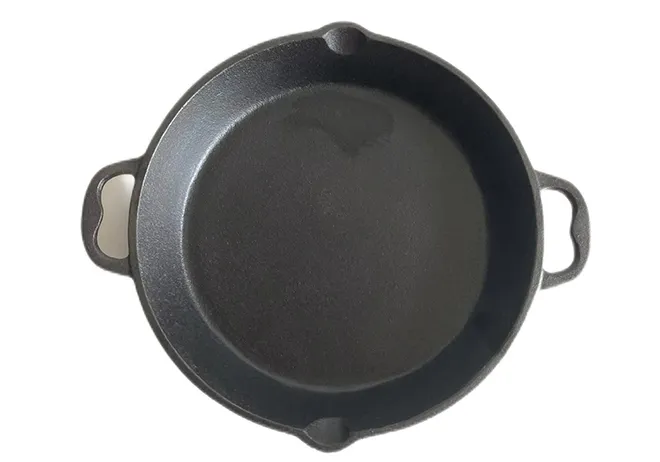
antique cast iron three legged pots
The Allure of Antique Cast Iron Three-Legged Pots
Antique cast iron three-legged pots possess a charm and historical significance that make them more than mere cooking vessels; they are true artifacts of culinary history. These unique pots, often referred to as Dutch ovens or camp ovens, have been utilized for centuries in various cultures around the world. Their design not only reflects the craftsmanship of past generations but also serves as a testament to the enduring nature of cast iron cookware.
Historical Context
The history of cast iron cookware stretches back to the Han Dynasty in China, where the earliest cast iron items were produced. However, it was in Europe during the late Middle Ages that the three-legged pot design gained popularity. These pots became essential for outdoor cooking, particularly in camp settings, thanks to their sturdy construction and heat-retaining properties. The three legs elevated the pot over an open flame, allowing for even cooking while also enabling the collection of embers for additional heat.
In the early American frontier, these pots played a pivotal role in the lives of settlers and indigenous peoples alike. They were not only used for daily cooking but were also invaluable for stews, breads, and other hearty meals during long journeys. The ability to cook directly over a fire made them indispensable for survival, providing warmth and nourishment in the harshest of conditions.
Craftsmanship and Design
The craftsmanship involved in creating antique cast iron pots is remarkable. Each piece was molded by hand, with designs often reflecting regional styles and cultural influences. The three-legged design allows for stability and even heat distribution, which is crucial for slow cooking and simmering.
Many antique cast iron pots are adorned with intricate patterns and markings that indicate their origin and age. Some feature distinctive handles or lid designs that add to their aesthetic appeal. Collectors often seek out these unique characteristics, as they contribute not only to the pot's functionality but also to its value as a collectible item.
antique cast iron three legged pots

Cooking Versatility
One of the most compelling aspects of antique cast iron three-legged pots is their versatility in the kitchen. They can be used for a variety of cooking methods, including baking, frying, and stewing. Cast iron retains heat exceptionally well, making it perfect for slow-cooking recipes that require a consistent temperature.
Some enthusiasts appreciate these pots not just for their historical significance but also for the flavors they impart to food. The seasoned surface of cast iron cookware can enhance the taste of dishes, adding depth and richness that is hard to replicate with modern materials. Many chefs today advocate for the use of cast iron pots, citing their ability to create a perfect sear on meats and to produce delicious, hearty casseroles.
Restoration and Care
For those who come across these antique treasures, it's essential to approach restoration with care. Although some may require a bit of cleaning and re-seasoning, many collectors prefer to preserve the original patina that tells the story of the pot’s past. Proper care involves regularly seasoning the cookware to maintain its non-stick surface and prevent rust, ensuring that these historic items can continue to be used and appreciated for generations to come.
Conclusion
In conclusion, antique cast iron three-legged pots are much more than kitchen tools; they are windows into the past, showcasing the culinary traditions and craftsmanship of previous eras. Their versatility, durability, and unique design have made them cherished items for collectors, cooks, and historians alike. Whether displayed as part of a kitchen decor, used over an open flame in the backyard, or treasured in a collection, these pots are reminders of a time when cooking was as much about community and survival as it was about flavor and tradition. As we continue to embrace the rich history of cast iron, we honor the legacy of those who came before us, ensuring that the stories and tastes of our culinary heritage live on.
-
Season Cast Iron Perfectly with GPT-4 Turbo TipsNewsAug.01,2025
-
High Quality Cast Iron Cookware - Baixiang County Zhongda MachineryNewsAug.01,2025
-
Premium Cast Iron Pan: Durable & Perfect HeatNewsAug.01,2025
-
High Quality Kitchen Durable Black Round Cast Iron Cookware Pancake Crepe Pan-Baixiang County Zhongda Machinery Manufacturing Co., Ltd.NewsAug.01,2025
-
Cast Iron Cookware - Baixiang County Zhongda Machinery | Nonstick, Heat ResistanceNewsAug.01,2025
-
High Quality Kitchen Durable Black Round Cast Iron Cookware - Baixiang County Zhongda Machinery | Non-Stick, Heat Retention, DurableNewsJul.31,2025


